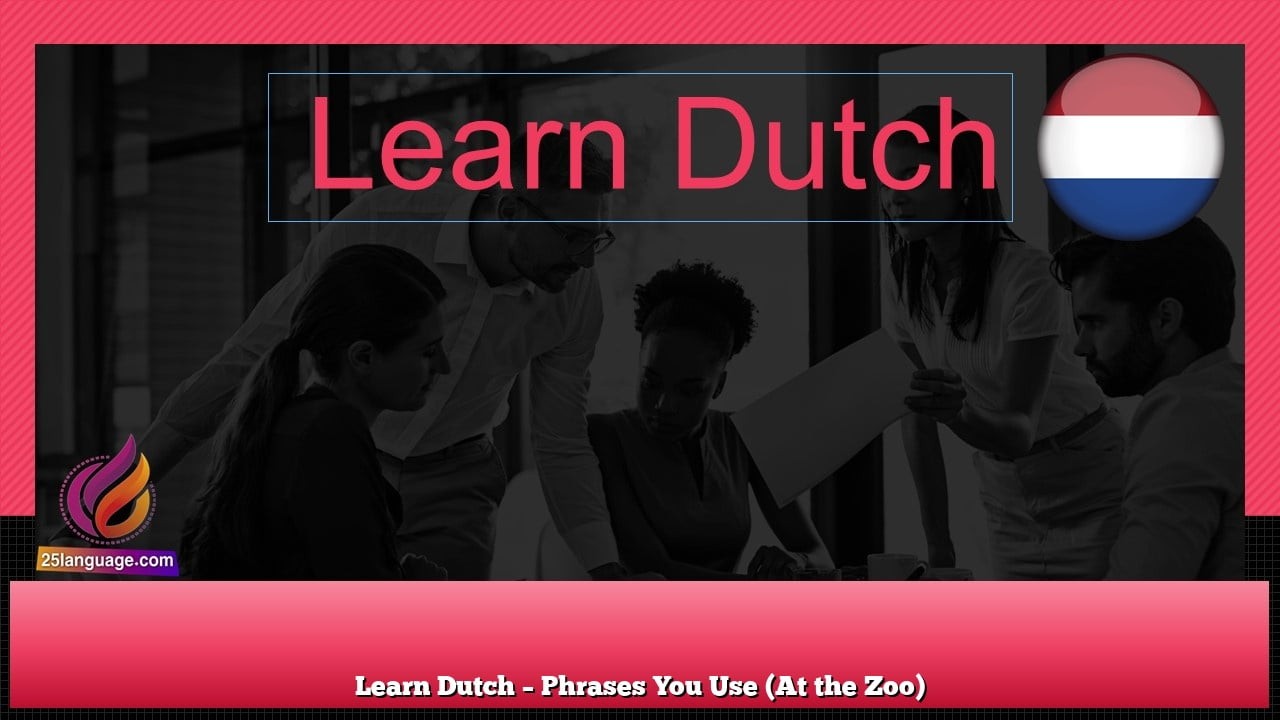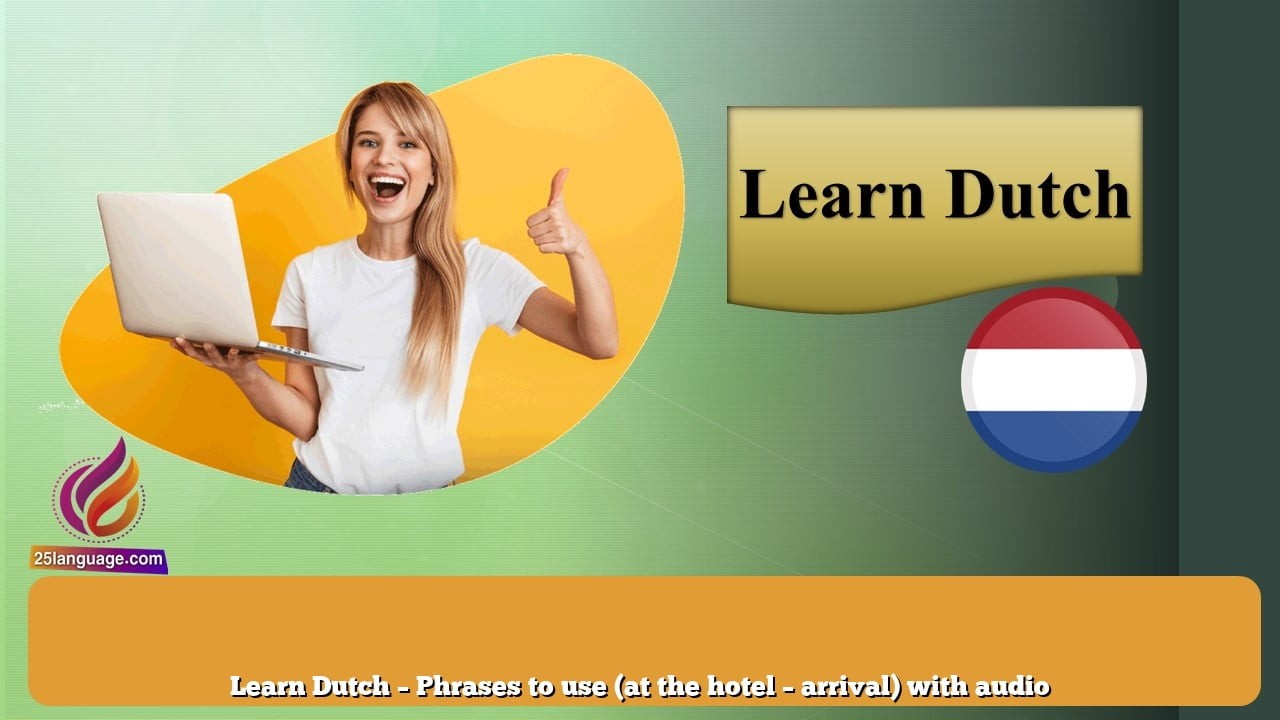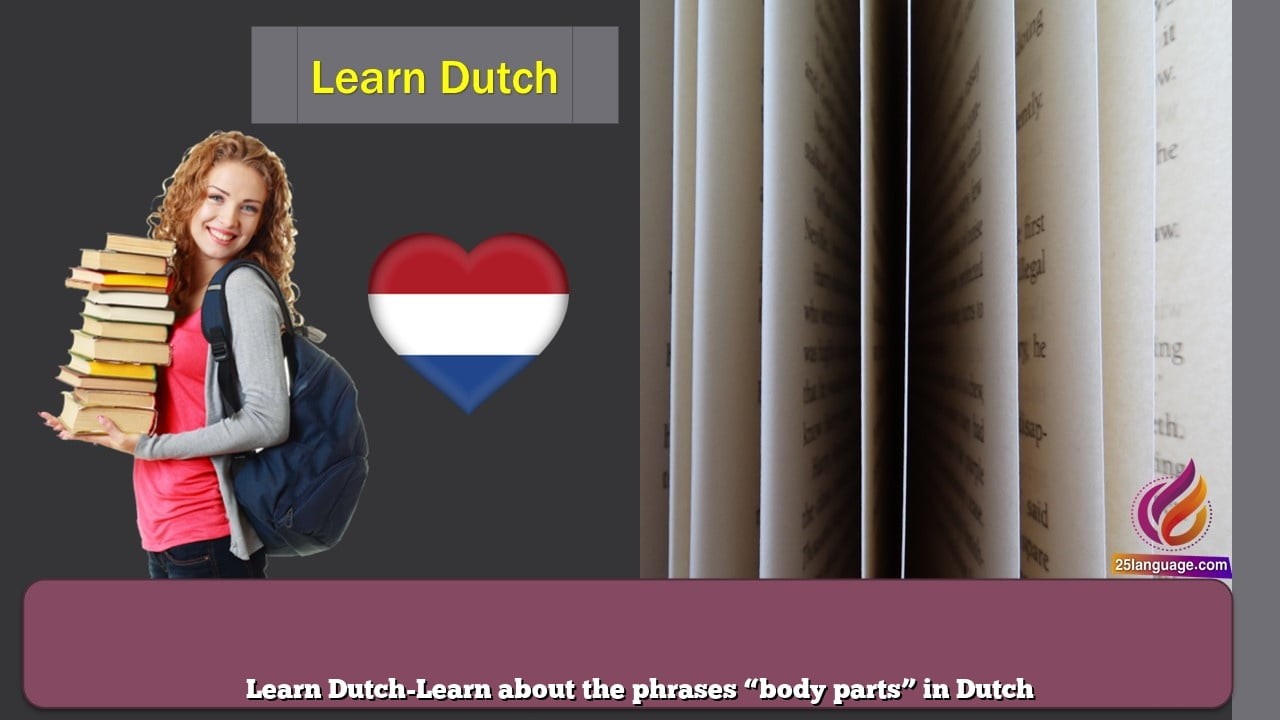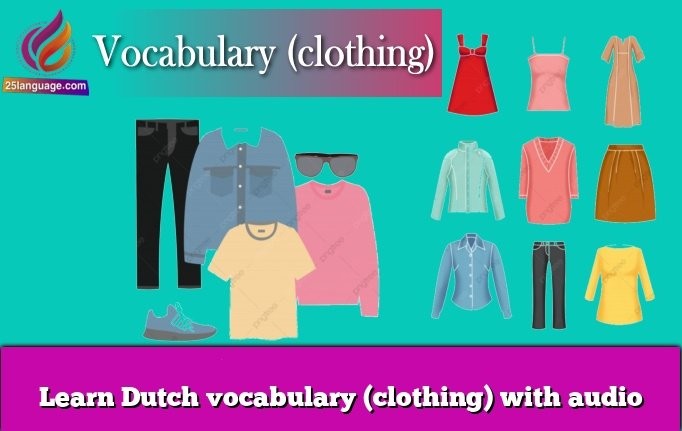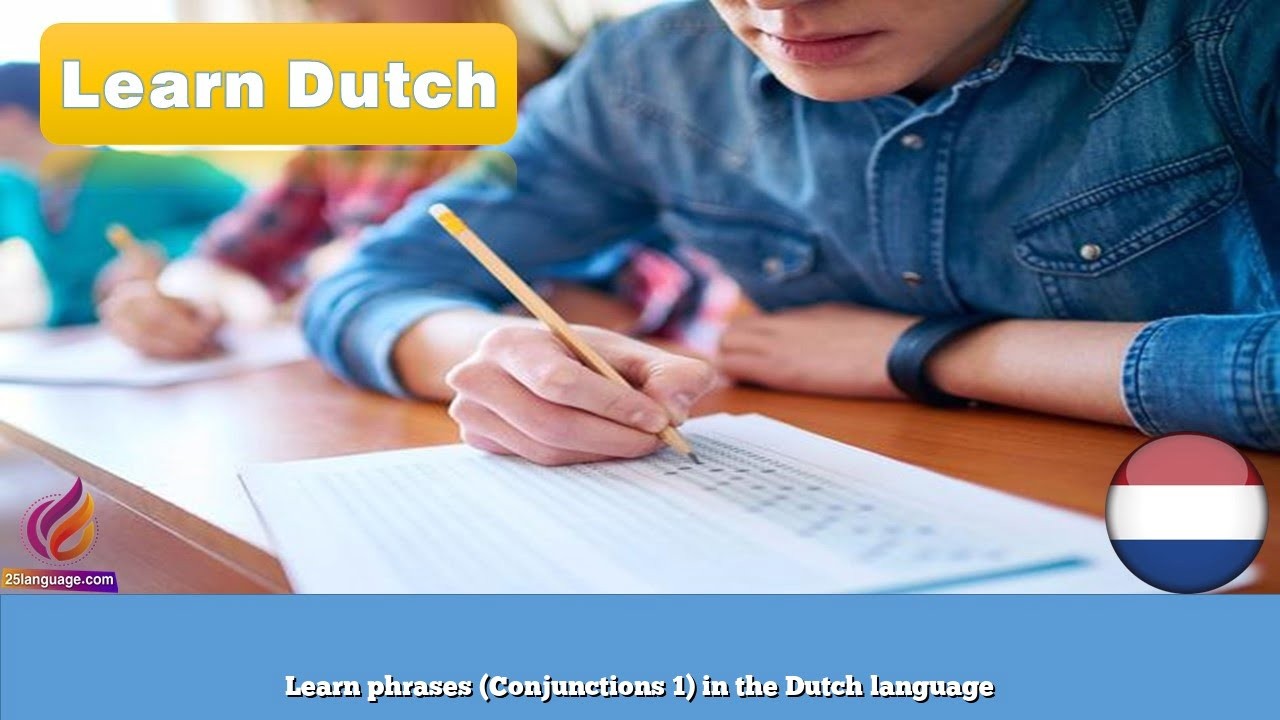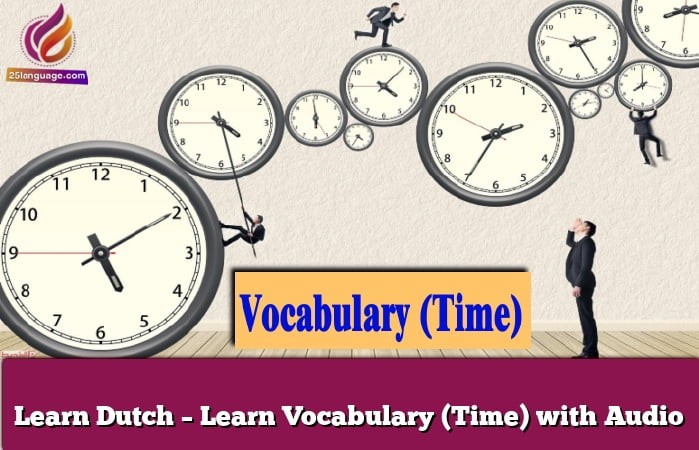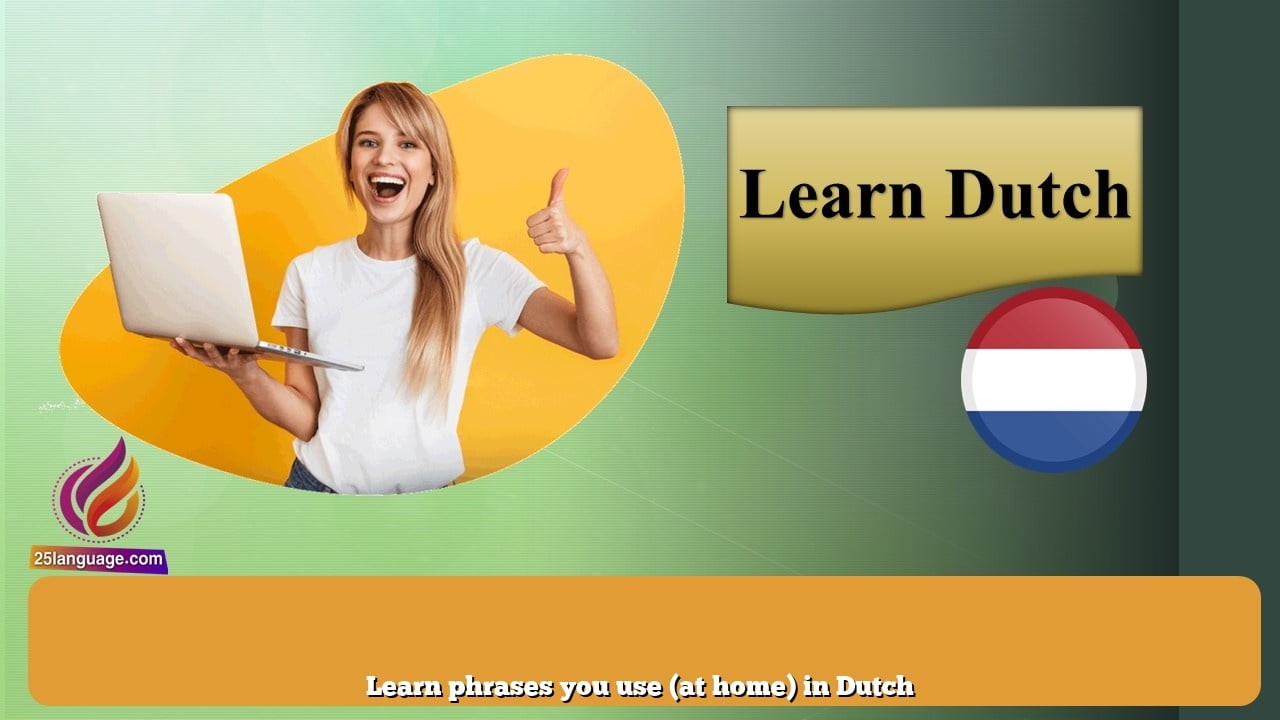Parts of the body in Dutch
Learn phrases (Parts of the body) in Dutch

Learning parts of the body in Dutch is important because it allows you to communicate about your health and medical issues with healthcare professionals, as well as describe pain or discomfort in specific areas of your body. Here are a few reasons why learning these terms is important:
- To communicate with healthcare professionals: If you need to seek medical attention in the Netherlands, you will need to communicate with healthcare professionals. Being able to accurately describe the location of pain or discomfort in your body is crucial for receiving the right diagnosis and treatment.
- To describe pain or discomfort: Knowing the names of body parts in Dutch allows you to describe pain or discomfort more accurately to others. For example, if you have a headache or stomachache, you can specify where the pain is located.
| Dutch | English |
|---|---|
| Hoofd | Head |
| [responsivevoice voice="Dutch Female" rate="0.8" buttontext="►"]Oog | Eye |
| Oor | Ear |
| Neus | Nose |
| Mond | Mouth |
| Tand | Tooth |
| Tong | Tongue |
| Keel | Throat |
| Nek | Neck |
| Schouder | Shoulder |
| Arm | Arm |
| Elleboog | Elbow |
| Pols | Wrist |
| Hand | Hand |
| Vinger | Finger |
| Borst | Chest |
| Rug | Back |
| Buik | Stomach |
| Heup | Hip |
| Been | Leg |



